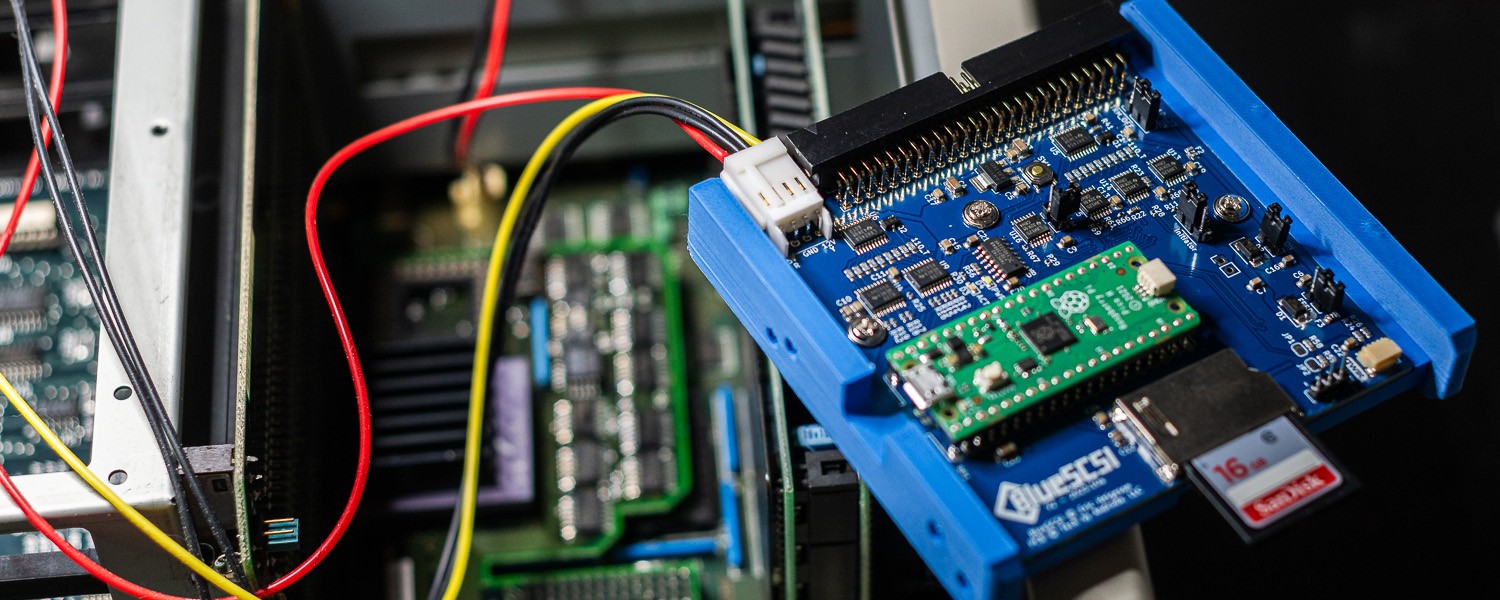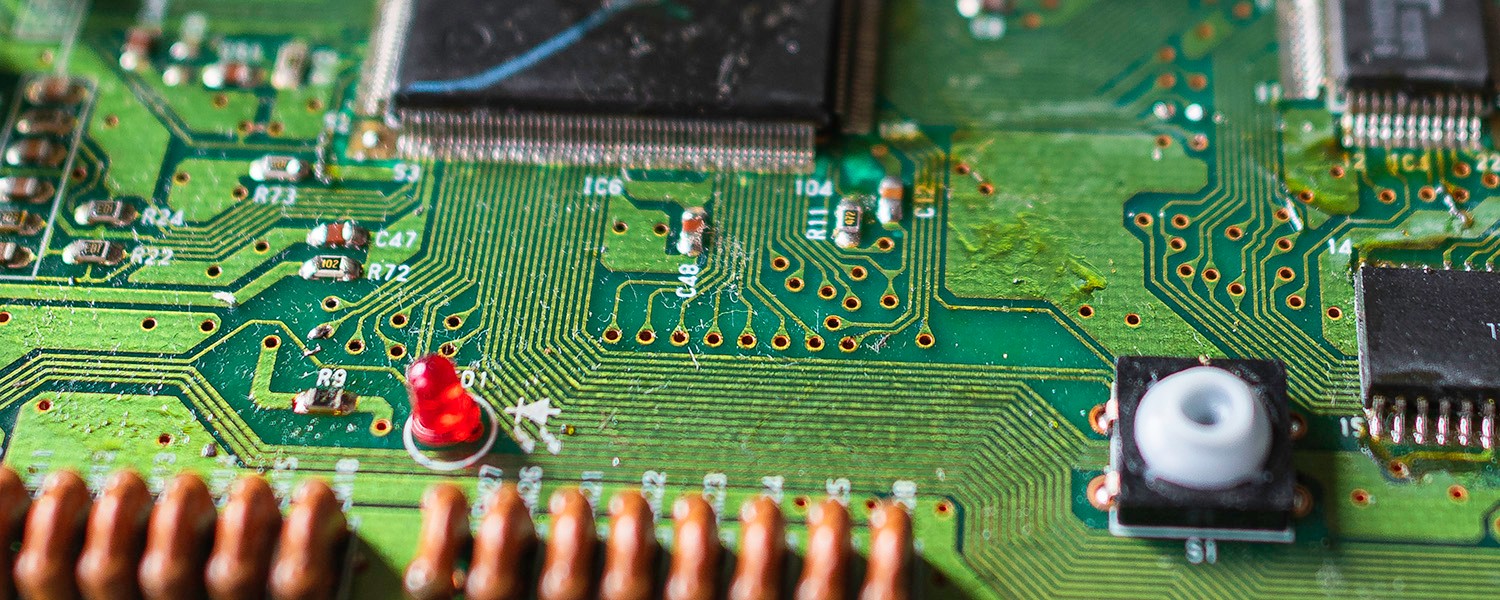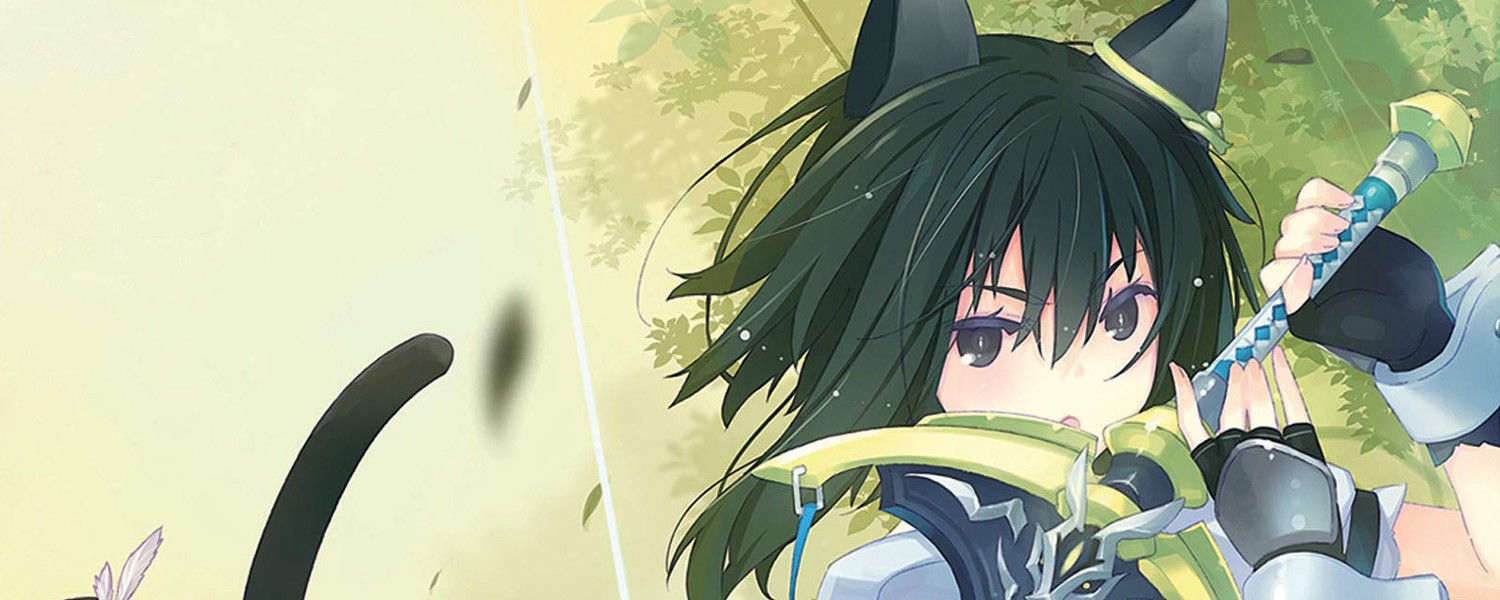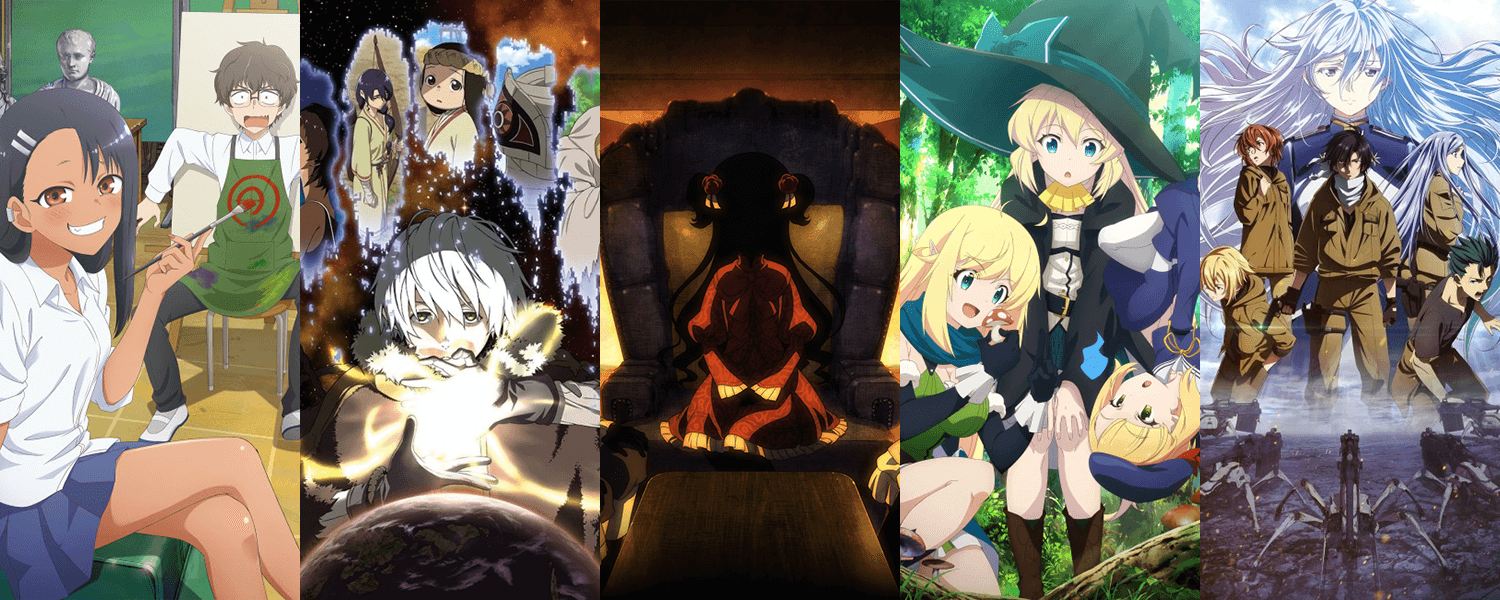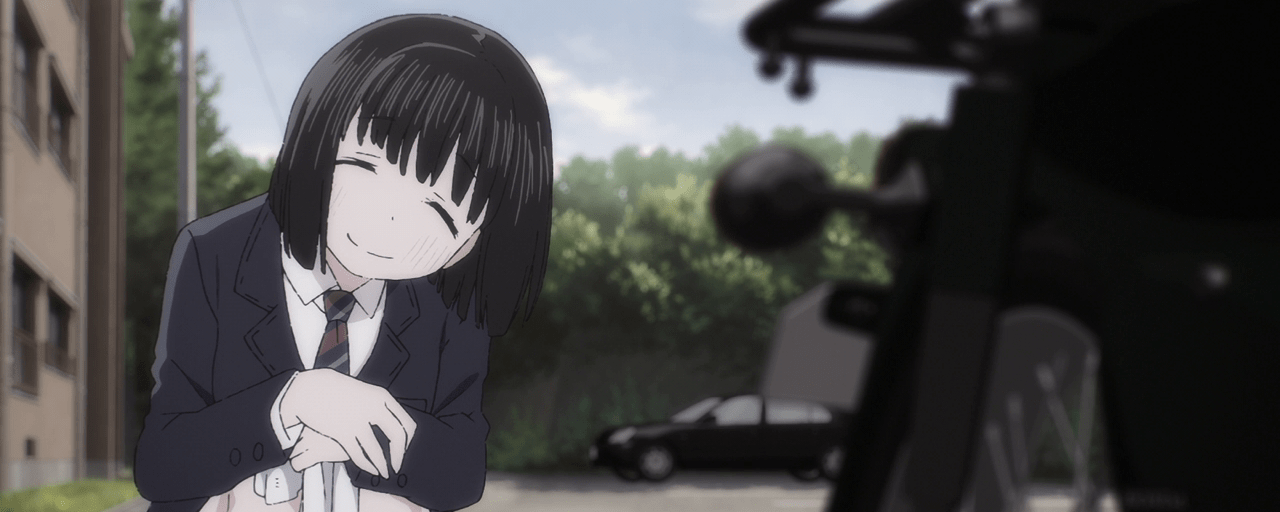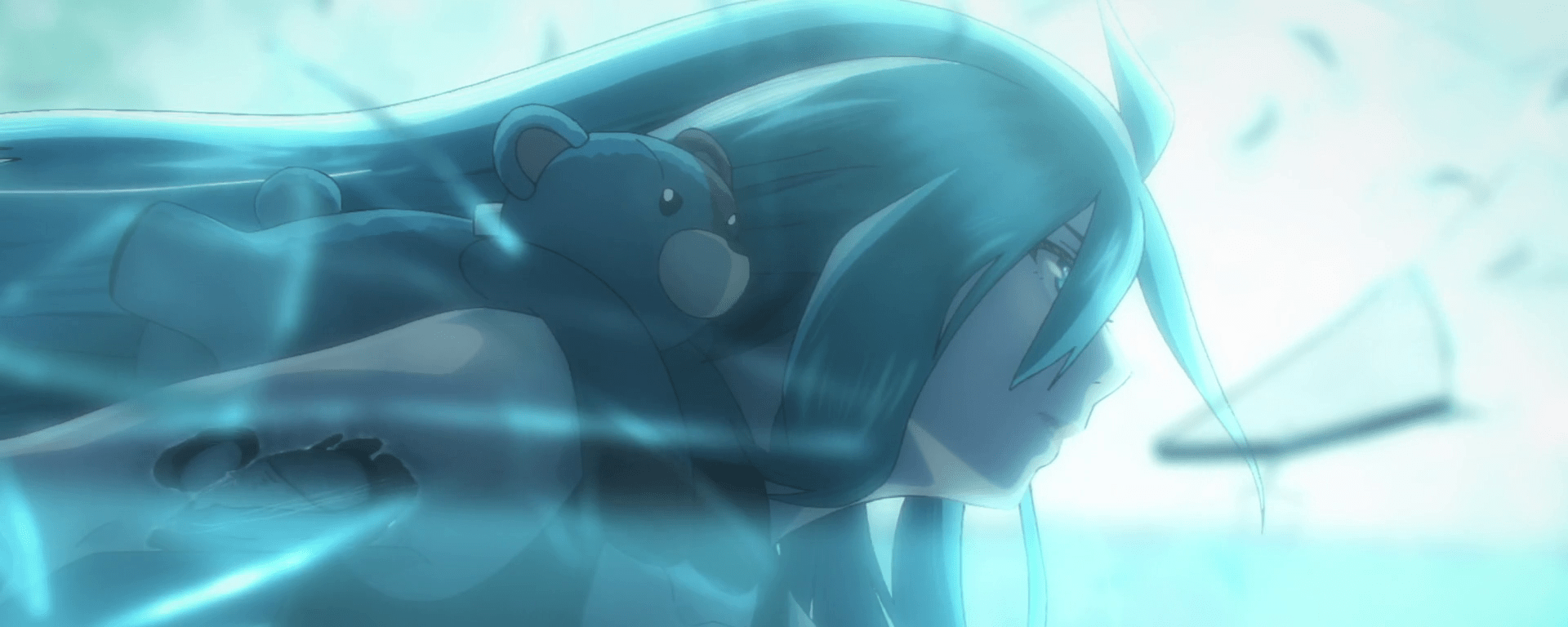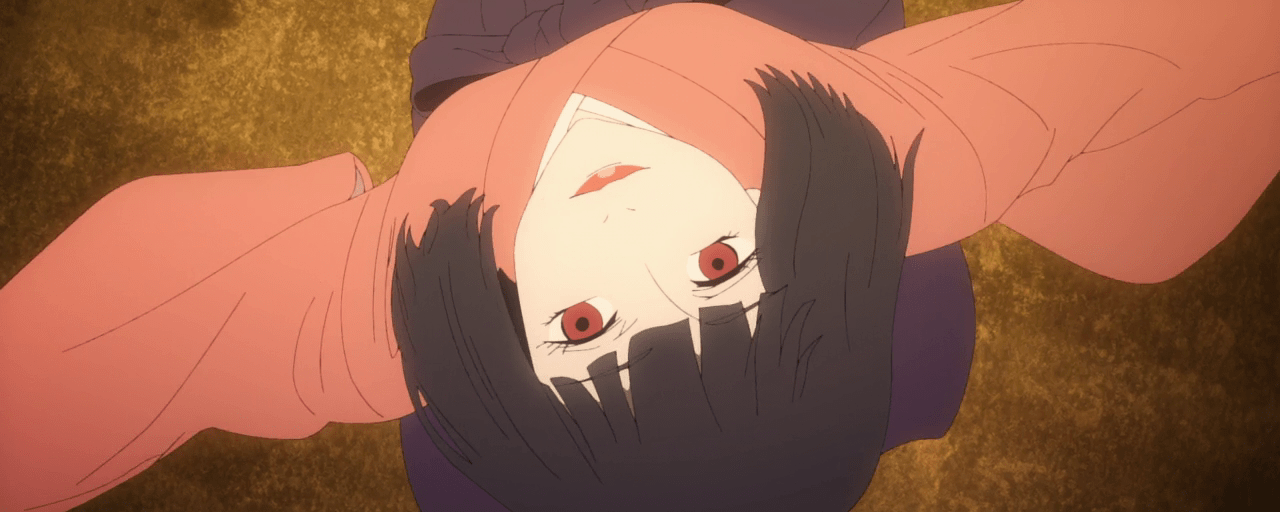PC-9801RA internal HDD with BlueSCSI
I recently acquired a PC-9801RA2 and have been gradually upgrading it with new C-Bus cards, external drives, CPU accelerators, and anything else I can find to make it as flexible a package as I possible can. In a perfect world, perhaps I’d even be able to avoid buying a PC-9821 for later games of the era, but I’m not sure how far I can push with CPU and memory upgrades.
One key part of this involves adding an internal HDD to run my OS of choice (MS-DOS 6.2) and host all the dumps I make of games. While the RA series comes with a slot for an internal drive (and the RA5/51 both come with a drive included), on the RA2/RA5 this is largely limited by hardware to 40MB SASI drives—barely enough for the MS-DOS 6.2 installation by itself!
Since SCSI C-Bus boards are pretty easy to come by and perhaps there could be some way to integrate with a card that fits in the pre-existing internal drive slot, I chose to give BlueSCSI a shot!
